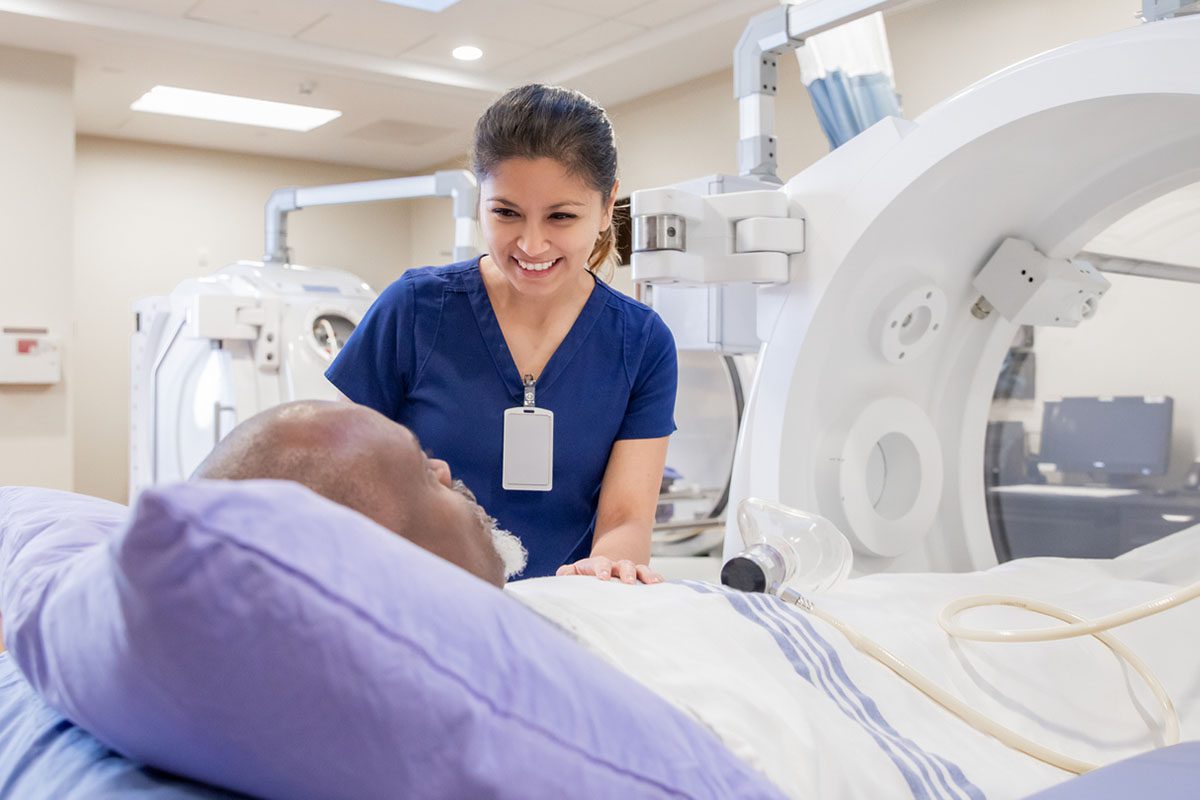Objective: With the publication of DSM-5, important changes were made to the diagnostic criteria for posttraumatic stress disorder (PTSD), including the addition of 3 new symptoms. Some have argued that these changes will further increase the already high rates of comorbidity between PTSD and other psychiatric disorders. This study examined the prevalence of DSM-5 PTSD, conditional probability of PTSD given certain trauma exposures, endorsement of specific PTSD symptoms, and psychiatric comorbidities in the US veteran population.
Methods: Data were analyzed from the National Health and Resilience in Veterans Study (NHRVS), a Web-based survey of a cross-sectional, nationally representative, population-based sample of 1,484 US veterans, which was fielded from September through October 2013. Probable PTSD was assessed using the PTSD Checklist-5.
Results: The weighted lifetime and past-month prevalence of probable DSM-5 PTSD was 8.1% (SE = 0.7%) and 4.7% (SE = 0.6%), respectively. Conditional probability of lifetime probable PTSD ranged from 10.1% (sudden death of close family member or friend) to 28.0% (childhood sexual abuse). The DSM-5 PTSD symptoms with the lowest prevalence among veterans with probable PTSD were trauma-related amnesia and reckless and self-destructive behavior. Probable PTSD was associated with increased odds of mood and anxiety disorders (OR = 7.6-62.8, P < .001), substance use disorders (OR = 3.9-4.5, P < .001), and suicidal behaviors (OR = 6.7-15.1, P < .001).
Conclusions: In US veterans, the prevalence of DSM-5 probable PTSD, conditional probability of probable PTSD, and odds of psychiatric comorbidity were similar to prior findings with DSM-IV-based measures; we found no evidence that changes in DSM-5 increase psychiatric comorbidity. Results underscore the high rates of exposure to both military and nonmilitary trauma and the high public health burden of DSM-5 PTSD and comorbid conditions in veterans.
Members Only Content
This full article is available exclusively to Professional tier members. Subscribe now to unlock the HTML version and gain unlimited access to our entire library plus all PDFs. If you’re already a subscriber, please log in below to continue reading.
Please sign in or purchase this PDF for $40.00.
Already a member? Login





